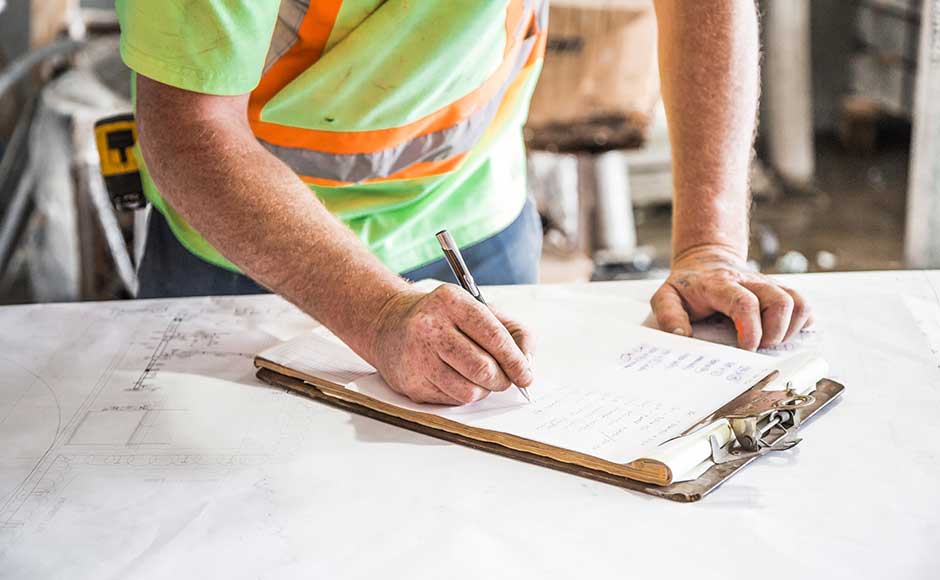Identify the hazards
Correct identification of hazards is a very important part of any risk assessment. It might be useful to organise or separate risk assessments by dividing the process up into different locations, rooms, processes, activities, etc., depending on property size and use. A visual inspection of the areas or activities to be risk assessed is a good place to begin identifying potential hazards.

It might also be useful to look at other relevant sources of information, including previous risk assessment records, operating procedures for equipment, training records, accident/incident records, information from manufacturers' labelling and instructions for safe use, any suppliers' recommendations, and health and safety inspection reports.
It is important to speak to those directly involved in undertaking or introducing any specific activities to the church buildings to ensure that all significant hazards are identified and suitably controlled. This includes visiting contractors and workmen who may introduce other hazards and risks by the tools, equipment, chemicals or materials that they bring into the church environment. It's also very important to remember that they may not be familiar with your buildings, so sharing your risk assessments, asbestos register and ensuring a safety walk around the building will also ensure the contractors and visitors are kept safe from any specific hazards on site. See the specific sections on CDM and contractor management.
Extensive information on hazard identification is available from the HSE website, including access to legislation, guidance documents and approved codes of practice.
The risk assessment must reflect all those who may be at risk from the hazards identified from stage one.
Types of hazards

For ease, hazards can be classified into five main groups:
- Biological: Bacteria, moulds, viruses
- Chemical: Cleaning chemicals, fumes
- Physical: Equipment, slips, trips and falls
- Psychological: Stress, verbal abuse
- Ergonomic: Body movements, strains